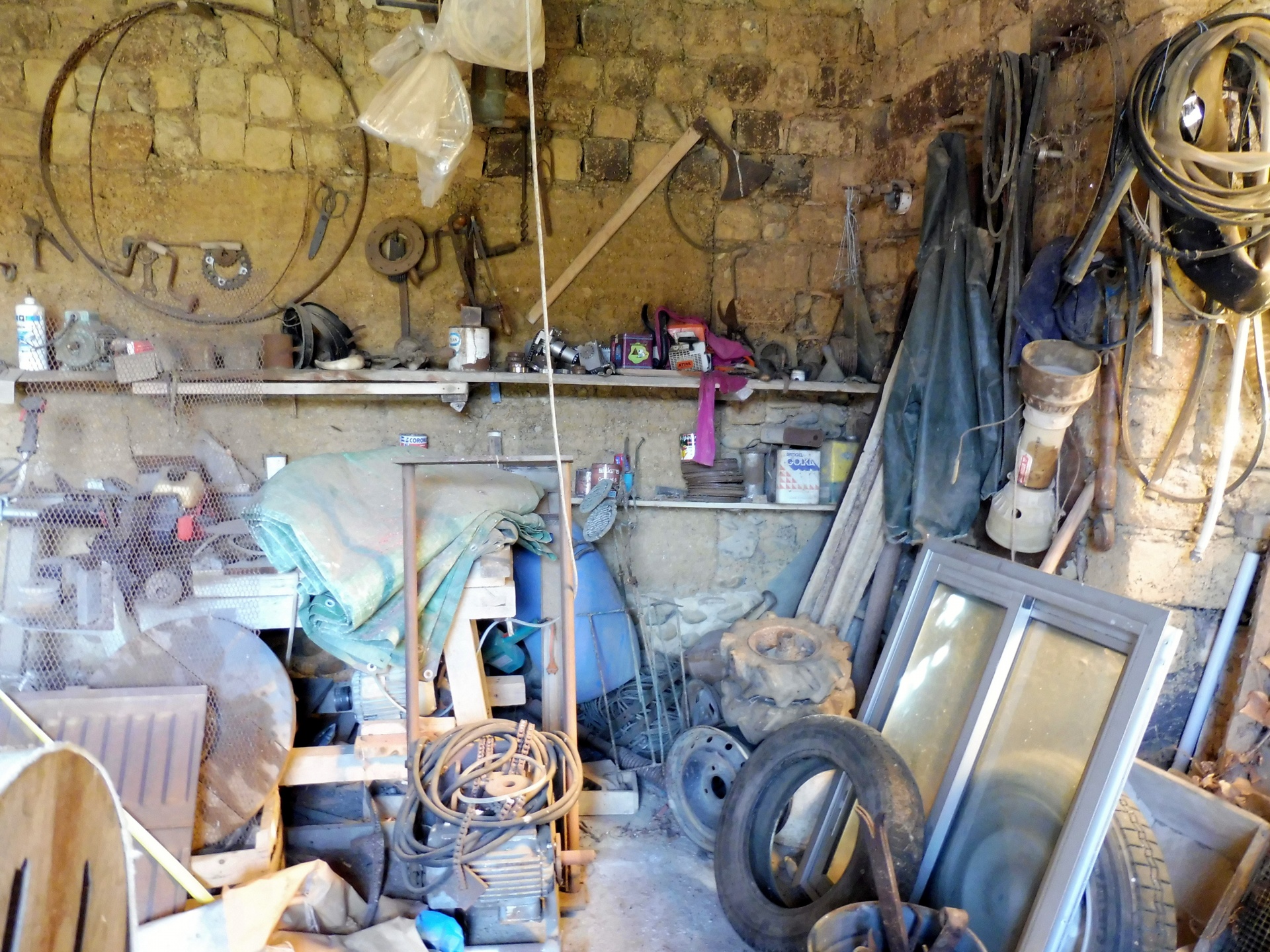Looking for the best air compressor without breaking the bank? You’re in the right place! Whether you’re a DIY enthusiast or a professional, finding an affordable yet reliable air compressor can make all the difference in your projects.
Understanding Air Compressors: Key Features to Consider
Choosing the right air compressor can improve your projects’ efficiency and quality. Let’s break down key features you should consider.
Types of Air Compressors
Pancake Compressors: Pancake compressors have flat, round tanks and take up less space. They are ideal for small tasks like inflating tires or powering nail guns.

Hot Dog Compressors: These have horizontal cylindrical tanks. Their compact design fits well in tight spaces, making them great for hobbyists and smaller jobs.
Twin-Stack Compressors: Twin-stack compressors have two stacked tanks, maximizing air capacity while remaining portable. Ideal for medium tasks like framing.
Wheelbarrow Compressors: These feature large, horizontal tanks and wheels for mobility. Best for bigger projects and sites where portability is crucial.
Stationary Compressors: These large, powerful units are bolted in place. Suitable for workshops needing continuous air.
Important Performance Metrics
CFM (Cubic Feet per Minute): Measure of airflow volume. Higher CFM is crucial for heavy-duty tasks and continuous use.
PSI (Pounds per Square Inch): Indicates air pressure. Higher PSI is better for tools needing more power.
Tank Size: A larger tank allows for longer operation without needing the compressor to refill.
Horsepower (HP): Higher HP means more power and efficiency. Essential for intensive tasks.
Noise Level: Quieter compressors are more suitable for indoor use or noise-sensitive environments. Look for models below 70 dB.
Choosing the right air compressor, considering these features, ensures optimal performance for your projects.
Top Picks for Best Air Compressor Under $
Best for Home Use
The California Air Tools 10020C stands out for home use. It’s ultra-quiet at 70 dB and has a 10-gallon tank, ideal for various tasks. Capable of 2.0 HP, it delivers 5.30 CFM at 90 PSI.
Best for Automotive Tasks
« Top 7 Best Refrigerators Made in the USA: Discover Quality, Innovation, and Local Excellence
10 Best Fast Growing Trees for Privacy: Boost Your Home Value and Enjoy Seclusion »
Choose the DEWALT DXCM271 for automotive tasks. With a 27-gallon tank and 5.1 SCFM at 90 PSI, it meets most auto repair needs. It features dual couplers for multiple tool use and operates at a relatively quiet 78 dB.
Best Portable Options
Consider the Makita MAC2400 for portability. Weighing 77 lbs, it’s easy to move with a 4.2-gallon twin-stack tank. It provides 4.2 CFM at 90 PSI and features an oil-lubricated pump for durability.
Buying Guide: How to Choose the Right Air Compressor
Choosing the right air compressor ensures efficiency and reliability for your projects. Focus on these key criteria to make an informed decision.
Assessing Your Needs
Determine the primary purpose of the air compressor. Identify the tools you’ll use most frequently. Consider the required CFM (Cubic Feet per Minute) and PSI (Pounds per Square Inch) ratings. Match the compressor’s specifications with your tasks.
Considering Portability and Power
Decide if portability is crucial for your projects. Smaller, portable models like pancake compressors are easy to move but may offer less power. For more power and stationary use, consider larger, heavier models.
Evaluating Durability and Warranty
Check the build quality of the compressor. Look for models with durable materials and robust construction. Review the warranty terms to ensure good coverage in case of defects. A longer warranty often indicates higher confidence in the product.
Maintenance Tips for Air Compressors
Maintaining your air compressor ensures it runs efficiently and lasts longer. Follow these tips to keep your machine in top shape.
Routine Maintenance Practices
Check oil levels monthly if your compressor uses oil. Replace or refill as needed.
Drain the tank daily to remove moisture and prevent rust. Open the drain valve and let the water out.
Inspect air filters monthly. Clean or replace them if they’re dirty.
Tighten bolts and nuts every few months. Vibration can loosen them.
Troubleshooting Common Issues
If your compressor won’t start, check the power source and fuse. Replace any blown fuses.
For low pressure, inspect hoses and connectors for leaks. Tighten or replace as necessary.
When it overheats, ensure proper ventilation. Clear any obstructions near the cooling fan.
Conclusion
Choosing the best air compressor under your budget doesn’t have to be a daunting task. By focusing on essential features and following a solid buying guide, you can find a reliable and cost-effective option that suits your needs. Regular maintenance and troubleshooting can keep your air compressor running smoothly and efficiently for years to come. With these tips in mind, you’re well-equipped to make an informed decision and get the most out of your investment. Happy compressing!















